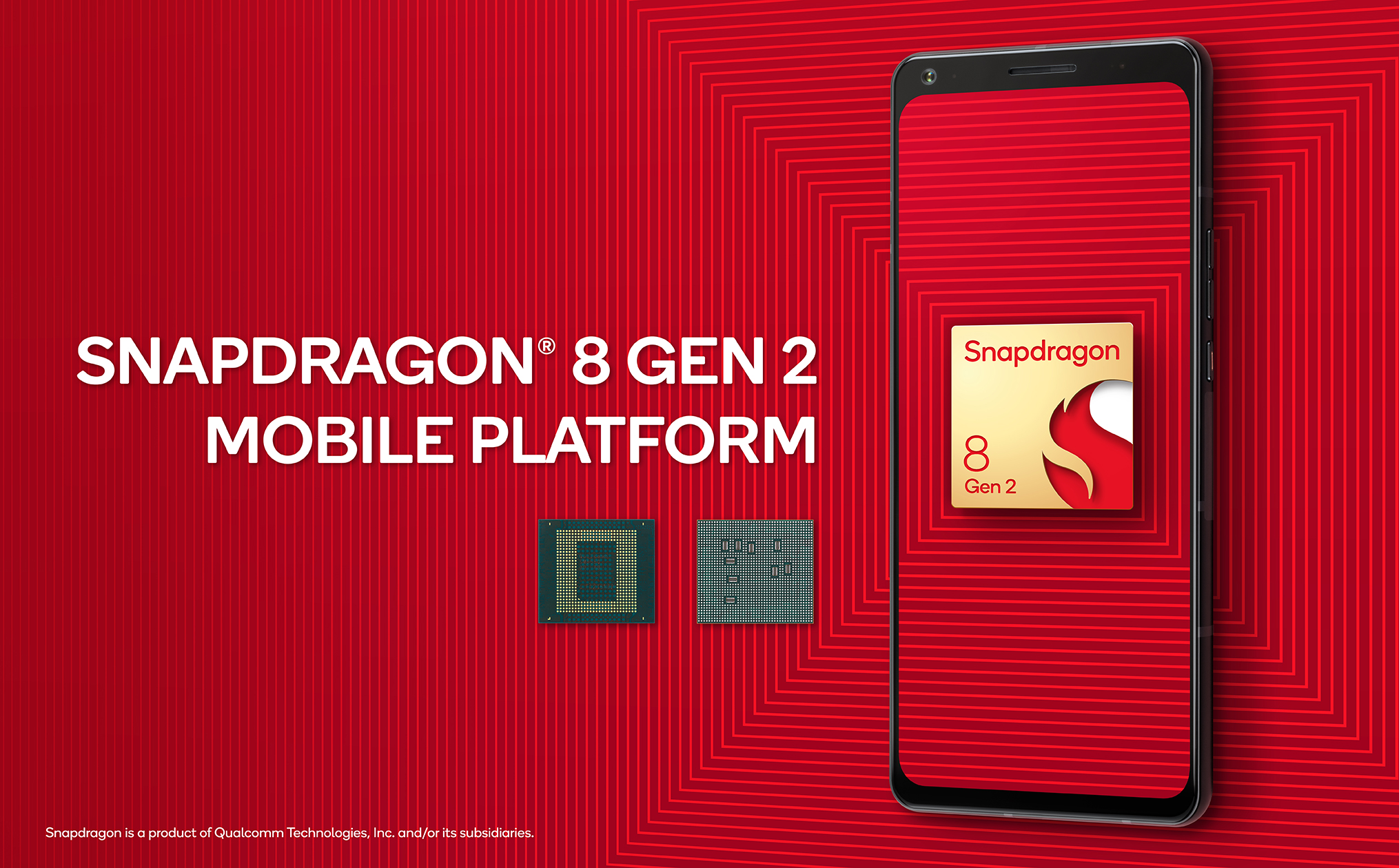- Aug 17, 2014
- 11,120
Qualcomm announced the Snapdragon 8 Gen 2 SoC, the company's flagship chip that will be coming to many Android phones over the next few months. Besides the usual newer, better, hopefully faster cores, a big piece of news is the addition of Wi-Fi 7 support so you can get better home wireless—provided you invest in a new router.
Qualcomm has some claims for this new chip. The company says the CPU "improves performance up to 35 percent" and has "up to 40 percent more power efficiency." The GPU supposedly "delivers up to 25 percent faster performance, with up to 45 percent better power efficiency." Take both of these claims with a grain of salt, since Qualcomm last year promised a 20 percent CPU improvement that never manifested in shipping products. Even if Qualcomm hits these performance promises, it would still be about a year behind the iPhone. The company is trying to do something about its uncompetitive performance with the (now legally encumbered) Nuvia acquisition, but those chips aren't ready yet.
Let's start with the basics. This is a 4 nm chip with an unusual layout containing four different CPU cores, all designed by Arm. The prime core is a 3.2 GHz Arm Cortex X3—that's all good and expected, and from here, Arm's recommended layout is three Cortex A710 CPUs for "medium" duty and four A510 CPUs for low-power background processing. Qualcomm isn't following the recommended layout, though, and after the Cortex X3 it has two different cores doing "medium" duty: a pair of Cortex-A715 CPUs and a pair of last-generation Cortex-A710 CPUs. After that, there are only three—not the expected four—Cortex A510 CPUs doing background duty.
The reason Qualcomm threw a pair of A710s into the mix is probably 32-bit support. Arm's recommended core layout for this new generation is a bunch of 64-bit-only chips, and that means any 32-bit apps won't be able to run. This isn't a problem for most of the world—the Pixel 7 already shipped as the world's first Android phone that can't run 32-bit apps (the entire OS isn't quite 64-bit-only yet). The Google Play Store has required 64-bit binaries since 2019, and today you'd never notice that lack of 32-bit support. For China, though, there is no Google Play Store, and the free-for-all over there means 32-bit support hasn't been abandoned as quickly. It's also not clear if Google is ready for full 64-bit support, with the Pixel 7 reportedly still shipping with some 32-bit libraries. Mixing and matching with older cores lets Qualcomm keep 32-bit support rolling for another year.

The Snapdragon 8 Gen 2 brings Wi-Fi 7, sticks with some 32-bit support
Features 32-bit support, Wi-Fi 7, the AV1 codec, and hardware ray tracing.
 arstechnica.com
arstechnica.com

